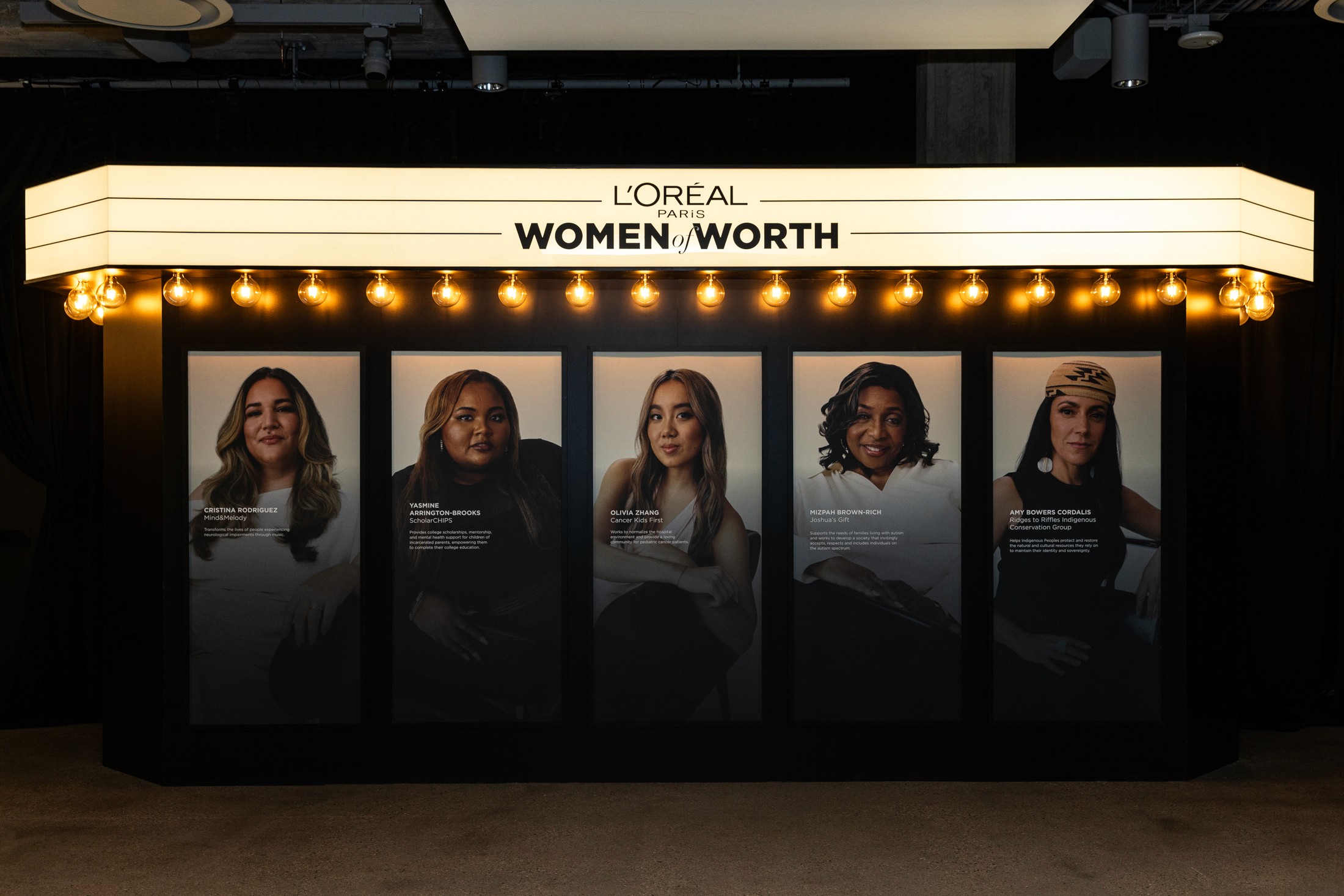3D Marketing: A Comprehensive Guide for Immersive Brand Experiences
3D marketing creates immersive brand experiences using advanced technologies like AR, VR, and the Metaverse.
3D marketing enhances customer engagement, emotional connections, and product visualization.
We go through examples of how GRADIENT executed Successful 3D marketing experiences.
In eCommerce, it can reduce returns and increase customer satisfaction with 3D product configurators and virtual showrooms.
In today's fast-paced digital world, businesses constantly seek innovative ways to captivate their audience and create memorable brand experiences. One such groundbreaking approach that has gained significant traction is 3D marketing. By leveraging cutting-edge technologies like augmented reality (AR), virtual reality (VR), and immersive web experiences, companies can transport their customers into a whole new realm of engagement. This comprehensive guide will explore the essence of 3D marketing, its benefits, real-world examples, and its increasing popularity in the digital landscape.
What is 3D Marketing?
3D marketing encompasses using advanced technologies to create interactive and immersive brand experiences. Businesses can transcend traditional two-dimensional marketing and transport their customers into a three-dimensional world by leveraging techniques like AR, VR, web 3.0, and the Metaverse. This approach allows for dynamic storytelling, enhanced product visualization, and deeper customer engagement, thereby forging stronger emotional connections between brands and their audience.
What is an Example of 3D Marketing?
One remarkable example of 3D marketing is the partnership between GRADIENT Experience and Prada Beauty for the Prada Paradoxe fragrance launch. Together, they created a larger-than-life 3D pop-up experience across three major cities. Attendees were immersed in a multisensory journey where they could physically interact with the fragrance and explore its different dimensions. The pop-up successfully generated over 286,000 product impressions and over 377 million social impressions, making it the largest pop-up launch in L'Oréal Fragrance's history.
The Use of 3D in eCommerce:
In the realm of eCommerce, 3D marketing has revolutionized the way customers interact with products online. Traditional product images often fail to comprehensively understand the item, leading to uncertainty and potential returns. However, with 3D product configurators, virtual showrooms, and VR product tours, businesses can offer customers a lifelike experience of their products. This interactive approach allows consumers to visualize and customize products, leading to increased confidence, reduced returns, and enhanced customer satisfaction.
The 3D Approach in Digital Marketing:
The 3D approach in digital marketing transcends the confines of traditional advertising by creating immersive and interactive experiences. With AR, businesses can overlay digital content onto the real world, allowing customers to try products virtually or visualize how furniture might look in their homes. Virtual Reality experiences transport users into simulated environments where they can explore and engage with brands on a whole new level. In addition, web 3.0 and the Metaverse open up possibilities for shared virtual spaces where businesses can connect with customers in a truly interactive and dynamic manner.
Why is 3D Marketing More Popular?
There are several reasons why 3D marketing has gained popularity in recent years:
Enhanced Customer Engagement: By immersing customers in interactive and visually stunning experiences, 3D marketing captivates their attention and encourages active participation. 3D marketing's heightened engagement increases brand awareness, recall, and loyalty.
Improved Product Visualization: 3D marketing allows customers to see products from every angle, customize features, and experience them in virtual or augmented environments. This realistic representation fosters confidence and helps customers make informed purchase decisions.
Emotional Brand Connections: The immersive nature of 3D marketing enables brands to evoke emotions and create memorable experiences. By connecting on a deeper level, companies can establish long-lasting relationships with their customers, ultimately driving customer advocacy and repeat business.
Competitive Advantage: With the use of 3D marketing, businesses can differentiate themselves from competitors by offering unique and innovative experiences. Standing out in the crowded digital landscape helps attract and retain customers, leading to increased market share.
Conclusion:
In an era where digital experiences are becoming increasingly vital, 3D marketing offers a powerful tool for businesses to connect with their audience on a whole new level. By leveraging AR, VR, and immersive web experiences, companies can create unforgettable brand journeys, enhance product visualization, and drive customer engagement. GRADIENT Experience, as an experiential event, design, and production company, we demonstrate our expertise in 3D marketing through successful campaigns like the Prada Paradoxe pop-up. To learn more about 3D marketing and how it can transform your brand, contact us today at GRADIENT Experience's Contact Page.
Remember, the future of marketing lies in the immersive, three-dimensional experiences that 3D marketing brings to the table. So stay ahead of the curve, captivate your audience, and leave a lasting impression with 3D marketing.




